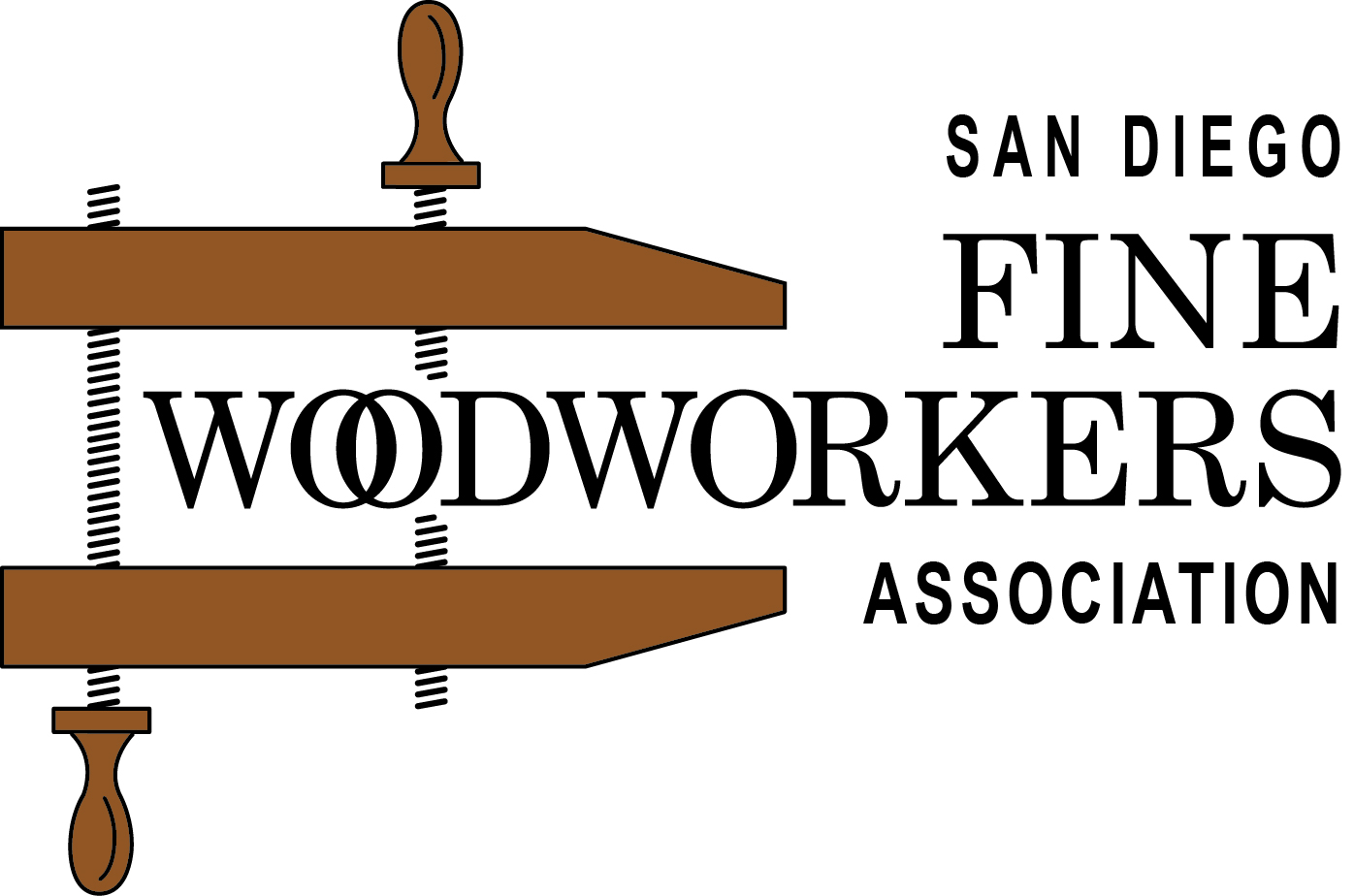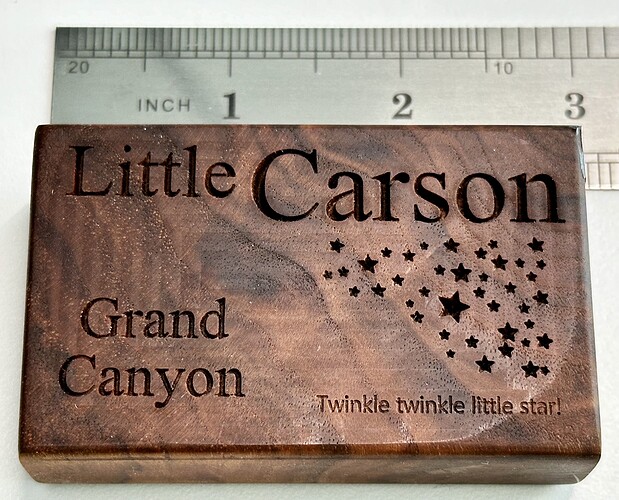On Sun, Sep 29, 2024 at 4:25 PM Jerald Pratt jerpratt@gmail.com wrote:
What about also running a deeper/thicker inlay also?
in general, yes, but there are nuances.
If your design is a single line profile cut then you’ll need to adjust depth. Profile cuts define depth so regardless of the v-bit chosen, depth would be the same.
If your design is a vcarve in a pocket then depth will come by virtue of a narrower bit. That is, a 90 degree bit will be a more shallow pocket than a 60 degree bit. However, since we need to be concerned with going through material, we often set a max depth. If you’re using a max depth then you’re back to the scenario above. While a deeper pocket would help it’s only from more surface area of gluing for adhesion but it’s still against end grain.
Good luck! Travis

